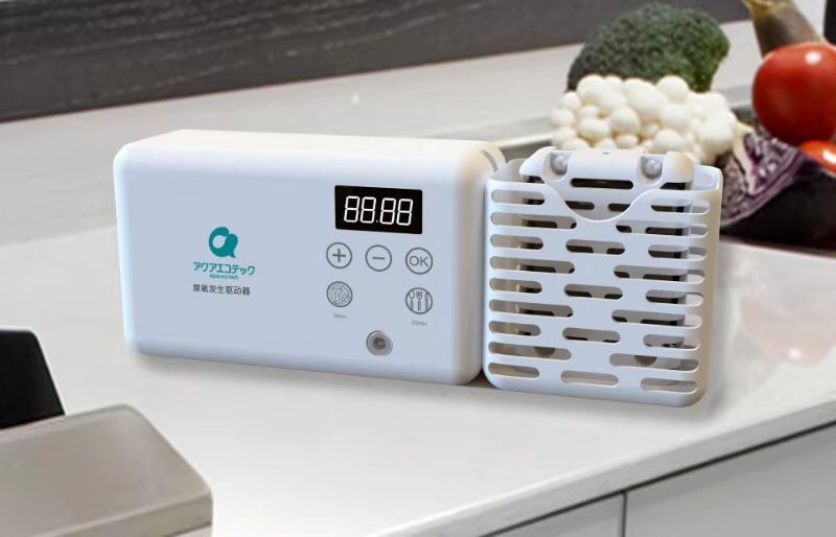Email format error
Email cannot be empty
Email already exists
6-20 characters(letters plus numbers only)
The password is inconsistent
Email format error
Email cannot be empty
Email does not exist
6-20 characters(letters plus numbers only)
The password is inconsistent

How Do Ozone Generators Work to Clean the Air
In the quest for cleaner and healthier indoor air, ozone generators have emerged as a popular solution. In this blog post, we will explore the working mechanism of ozone generators and how they effectively clean the air. Understanding this process is crucial for making informed decisions about air purification methods.
What is an Ozone Generator?
An ozone generator is a device that produces ozone gas (O3) by utilizing electrical energy. Ozone is a highly reactive form of oxygen that can effectively eliminate odors, kill bacteria, viruses, and neutralize harmful chemicals in the air.
The Working Principle of Ozone Generators:
Ozone generators work on the principle of corona discharge. The process involves the following steps:
2.1. Air Intake:
The generator draws in ambient air from the surrounding environment. This air contains various pollutants, such as smoke, odors, bacteria, and volatile organic compounds (VOCs).
2.2. Electrical Discharge:
Inside the generator, a high voltage electrical discharge is created. This discharge can be generated through different methods, such as UV light, cold plasma, or corona discharge. The most common method is corona discharge, which involves passing air through a high voltage electric field.
2.3. Oxygen Splitting:
The electrical discharge splits oxygen molecules (O2) into individual oxygen atoms. These atoms are highly reactive and seek to combine with other oxygen molecules.
2.4. Ozone Formation:
The individual oxygen atoms combine with other oxygen molecules to form ozone (O3). This newly formed ozone is then released into the air.
Ozone Reaction with Pollutants:
Once released into the air, ozone reacts with various pollutants, effectively cleaning the air. The reactions involve the following processes:
3.1. Odor Elimination:
Ozone molecules react with odor-causing compounds, breaking them down into simpler, non-odorous molecules. This process eliminates unpleasant smells caused by smoke, pets, cooking, and other sources.
3.2. Microorganism Inactivation:
Ozone is a powerful oxidizing agent that can destroy bacteria, viruses, and mold. When ozone comes into contact with these microorganisms, it disrupts their cellular structure, rendering them inactive and unable to reproduce.
3.3. VOC Neutralization:
Volatile organic compounds (VOCs) are common indoor air pollutants emitted by various sources, including cleaning products, paints, and furniture. Ozone reacts with VOCs, breaking them down into simpler, less harmful compounds.
Safety Considerations:
While ozone generators can effectively clean the air, it is important to use them responsibly and with caution. Ozone, in high concentrations, can be harmful to humans and pets. Therefore, it is crucial to follow manufacturer guidelines and ensure proper ventilation when using ozone generators.
Conclusion:
Ozone generators work by utilizing corona discharge to produce ozone gas, which reacts with pollutants in the air, effectively cleaning and purifying it. By understanding the working mechanism of ozone generators, we can make informed decisions about air purification methods and ensure a cleaner and healthier indoor environment. However, it is essential to use ozone generators responsibly and prioritize safety to avoid any potential health risks.


